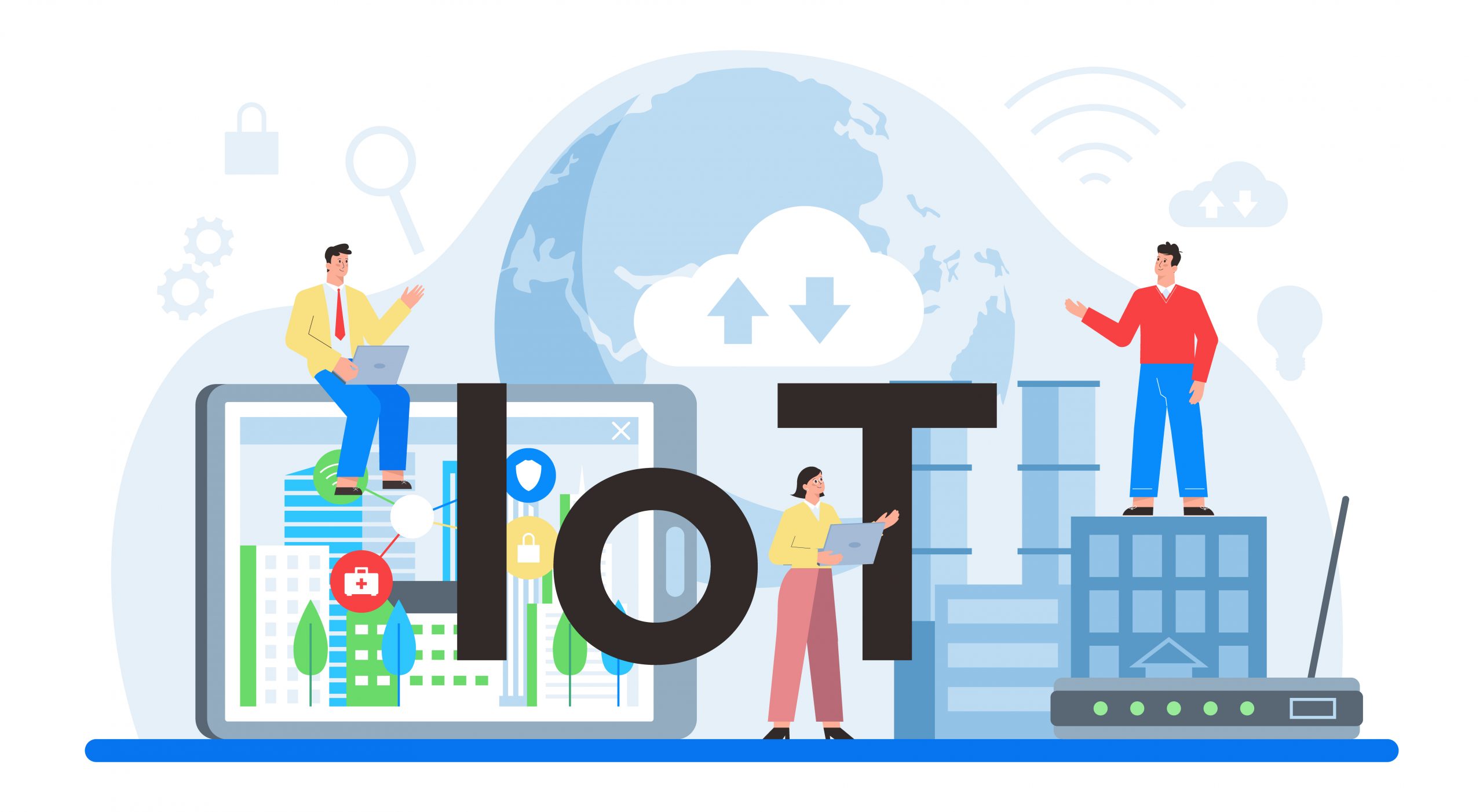Internet of Things (IoT): 4 transformative impact of IoT
Internet of Things – Introduction
The Internet of Things (IoT) has transformed the way we interact with technology, enabling seamless connectivity between physical devices and the digital world. IoT has rapidly expanded across various industries, from smart homes and wearable devices to industrial automation and smart cities.
The Internet of Things (IoT) refers to the network of physical objects or “things” embedded with sensors, software, and connectivity capabilities that enable them to collect and exchange data with other devices and systems over the internet.
1. Key Components of IoT
The core components of IoT include,
Sensors and Actuators: Sensors gather data from the physical environment, and actuators perform actions based on that data.
Connectivity: Devices in the Internet of Things ecosystem communicate with each other and the cloud through various connectivity technologies like Wi-Fi, Bluetooth, cellular, or LoRaWAN.
Data Processing and Cloud Computing: Collected data is processed, analyzed, and stored in the cloud for further insights and actions.
User Interface: Users interact with IoT devices and systems through mobile apps, web interfaces, or voice-activated assistants.
2. Applications of IoT
a. Smart Homes:
IoT has revolutionized the concept of smart homes, enabling homeowners to control lighting, temperature, security systems, and appliances remotely through smartphone apps or voice commands.
b. Industrial IoT (IIoT):
In the industrial sector, IoT plays a crucial role in optimizing processes, predictive maintenance, asset tracking, and overall operational efficiency.
c. Healthcare:
IoT applications in healthcare include remote patient monitoring, wearable health devices, and real-time tracking of medical equipment.
d. Agriculture:
IoT-driven smart agriculture solutions provide real-time data on soil conditions, weather patterns, and crop health, enabling farmers to make data-driven decisions.
e. Smart Cities:
IoT technologies enhance urban living through smart transportation, waste management, energy optimization, and improved public safety.
3. Benefits of IoT
a. Enhanced Connectivity and Communication:
IoT facilitates seamless communication and connectivity between devices, enabling efficient data sharing and automation.
b. Real-Time Data Insights:
IoT generates real-time data insights, allowing businesses and individuals to make informed decisions and respond promptly to changing conditions.
c. Improved Efficiency and Productivity:
By automating tasks and processes, IoT streamlines operations, leading to improved efficiency and productivity in various domains.
d. Cost Savings:
IoT-driven automation and predictive maintenance can reduce operational costs and prevent costly downtime.
e. Enhanced User Experience:
IoT-enabled smart devices and systems create personalized and intuitive user experiences, enhancing convenience and satisfaction.
4. The Transformative Impact of IoT
a. Industry Disruption:
IoT is transforming industries and business models, leading to innovative products, services, and new revenue streams.
b. Data-Driven Decision Making:
With the vast amount of data generated by IoT devices, businesses can gain valuable insights into consumer behavior, market trends, and operational performance.
c. Sustainability and Resource Management:
IoT plays a vital role in sustainability efforts by optimizing resource consumption, reducing waste, and promoting environmentally friendly practices.
d. Advancements in AI and Machine Learning:
The combination of IoT and AI technologies leads to smarter and autonomous devices, enabling predictive analytics and self-learning capabilities.
Conclusion
The Internet of Things (IoT) is a game-changer, revolutionizing the way we interact with technology and reshaping industries across the globe. From smart homes to industrial automation, IoT applications are transforming efficiency, productivity, and user experiences. As Internet of Things continues to evolve and mature, its integration with other emerging technologies will further unlock unprecedented possibilities, propelling us into a future where connectivity and intelligence are seamlessly integrated into our everyday lives.
More details can be found in this white paper


 share
share share
share